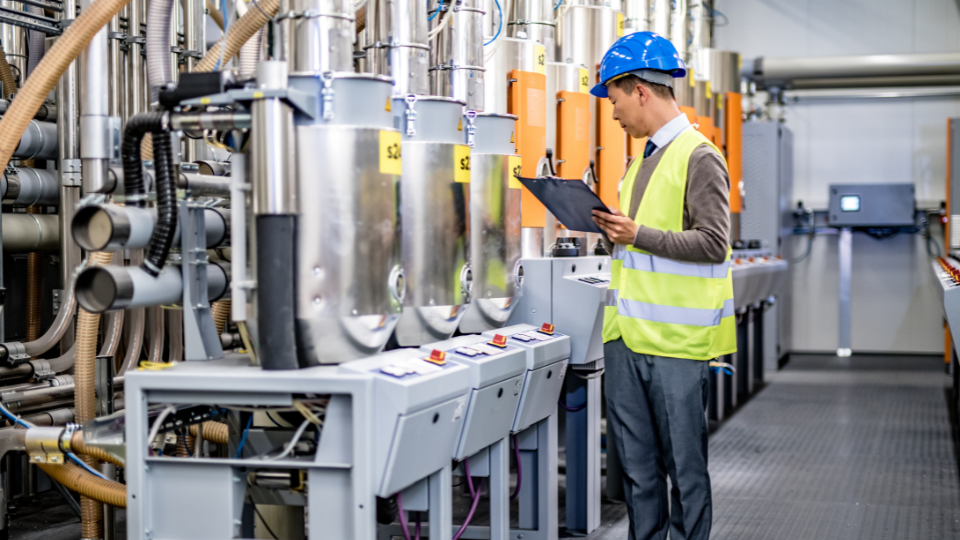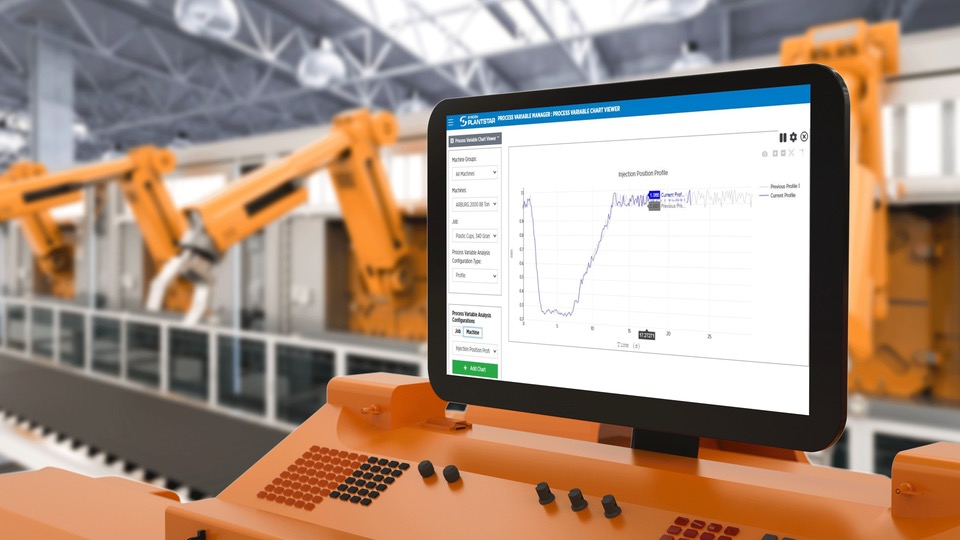SYSCON PlantStar BLOG
What a Waste!
Jul 16, 2020 7:00:00 AM / by PlantStar Team

Reducing Waste in Manufacturing
Lean Manufacturing = Increased Production + Waste Reduction While we have touched on both of these in the past, today I want to look further into the waste reduction variable of the equation.
Every manufacturer knows that waste is bad and though this is universally understood, many still struggle with effectively managing waste in practice. Perhaps it is just human nature for companies to focus more on maximizing production versus decreasing waste, but that doesn’t take away from it’s importance. In fact, in many production situations, decreasing waste by a few percentage points, is the difference between a thriving company and a bankrupt one.
As the old adage goes; the first step to fixing a problem, is admitting that you have a problem. In order to effectively implement waste reduction efforts, you have to first identify the areas of waste in your production system. While there are numerous types of waste within the manufacturing industry and countless areas where these different types of waste can occur, most, if not all of them can be categorized under the TIMWOOD acronym of lean manufacturing. Below, we will go over each letter of the system in order to help you understand each type of waste, as this is necessary before being able to effectively identify your specific areas of waste.
Seven Types of Waste within a Production System:
T: Transportation
Transportation waste is the unnecessary movement of tool, materials, or any resources used between production processes.
I: Inventory
Inventory waste is the production and storage of any materials being used in the manufacturing process that goes beyond those needed in the immediate future.
M: Motion
Motion waste is the unnecessary movement within the production process. This is oftentimes confused with Transportation waste but while transportation waste occurs between production processes, Motion waste occurs within those processes.
W: Waiting
Waiting waste is essentially downtime, or a period when a specific step in the production cycle is on hold until another step is completed.
O: Overprocessing
Overprocessing waste is the waste that occurs when a manufacturer is doing more than what their customer is requiring.
O: Overproduction
Overproduction waste is when a manufacturer produces more parts than is required.
D: Defects
Defects waste is the production of rejected parts due to errors within the production system.
While most manufacturers are at least familiar with each of these areas of waste, it is still important to review them from time to time in order to be sure that none are being overlooked. It’s essential for manufacturers to have a firm understanding of these areas of waste or even potential areas of waste , before being able to adequately implement practices to minimize their effects. In future posts, we will look more deeply into each category of waste and then discuss ways to address these in practice.
Topics: lean manufacturing
Subscribe to Email Updates
Posts by Topic
- Manufacturing Execution Systems (38)
- manufacturing solutions (16)
- MES 101 (13)
- Industry 4.0 (11)
- improve efficiency (10)
- Plastic Molding (9)
- Plastics Technology (9)
- mes software (9)
- mes solutions (9)
- MES hardware (8)
- Shop Floor Production (8)
- digital transformation (7)
- Reduce scrap (6)
- data-driven-decisions (6)
- lean manufacturing (6)
- Medical molding (5)
- process monitoring (5)
- product quality (5)
- lights-out manufacturing (4)
- manufacturing dashboard (4)
- production monitoring (4)
- ERP integration (3)
- Shop Floor Safety (3)
- supply chain management (3)
- Injection Molding Technology (2)
- defect collection (2)
- machine mes (2)
- process variables (2)
- digital strategy (1)
- labor gap (1)
- throughput (1)


